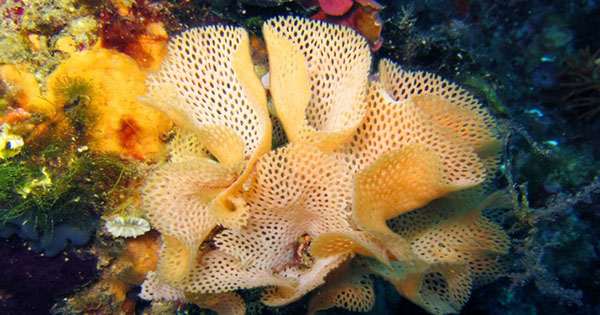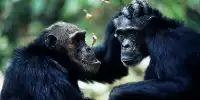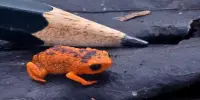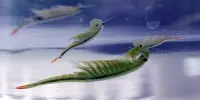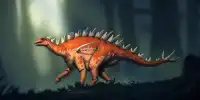The Cambrian Explosion, an extraordinary evolutionary event that occurred more than half a billion years ago, gave birth to most contemporary animal species. This was not an explosion triggered by a bomb or an asteroid; we call it a “explosion” because of the vast and quick rise in animal variety shown in the fossil record at this time.
During this time, many of the characteristics that we see in today’s animals first appeared. Appendages for swimming and walking arose, as did the first eyes and other sensory organs. Predatory jaws with tooth rims developed, as did sophisticated hard features for predator defense. Bryozoans, a kind of animal, thought to be missing from the Cambrian Explosion until today. We discovered that small coral-like critters were certainly present throughout this wild rise in the variety of animal life on Earth in new research that looked deeper at some old remains.
Bryozoans are a type of filter-feeding animal that lives in water. Bryozoans, like corals, create colonies of teeny-tiny individuals. They consume by extracting minute food particles from the water with a lophophore, a crown of thin tentacles. Bryozoan colonies appear in a wide range of shapes and sizes, from encrusting stony surfaces to delicate branching structures to microscopic jelly-like mounds. Bryozoans easily preserved as fossils because their colonies are frequently comprised of a hard substance called calcium carbonate (the same material used to make seashells). This is why scientists have identified over 15,000 species of ancient bryozoans.
The origin of bryozoans has remained a mystery despite all of these fossils. During the Ordovician Period, some 480 million years ago (approximately 50 million years after the Cambrian Explosion), the group appears to “burst” into life. There is no evidence of their existence prior to the Ordovician. Because of this “lost” record, many palaeontologists believe bryozoans originally appeared during the Cambrian period. However, because these early species were likely small and sensitive, they may not have built calcium carbonate colonies. They would be considerably less likely to preserve as fossils a result of this.
Bryozoans were present throughout the Cambrian Explosion, according to our findings, which published in Nature today. Protomelission (meaning “first honeycomb”), a bizarre honeycomb-like fossil, holds the key to unlocking the riddle of their beginnings. The first Protomelission fossils discovered in 1993 in major Cambrian strata in South Australia’s Flinders Ranges. However, it remained unclear if Protomelission was a bryozoan based on the original specimens. Then, in 2018, a specimen that was nearly identical to the first discovered in China.
We explored into Protomelission using cutting-edge technology called micro-computed tomography (MicroCT) to determine it was a bryozoan colony fossil. A CAT scan at a hospital is comparable to microCT technology. We look into the fossil in a succession of small “slices” using a thin X-ray beam. The slices are then stacked together on a computer to create 3D photos and films of microscopic things like Protomelission. The fossil lacked the strong calcium carbonate skeleton that most contemporary bryozoans have, according to our new photos. We can now claim with certainty that bryozoans first arose during the Cambrian Explosion, based on our findings.
It is not every day that the fossil record reveals the hidden history of an entire group of creatures! To put it in perspective, this would be the equivalent of uncovering the early ancestor of every fish, amphibian, reptile, bird, and mammal in one fell swoop. Our discovery puts the phylum Bryozoa’s initial appearance back 35 million years, making Protomelission the oldest known bryozoan. Importantly, our findings suggest that complex creatures’ ability to live in colonies, which is an uncommon trait in complex animals, arose during the Cambrian Explosion. The bryozoans can now counted among the amazing evolutionary and ecological phenomena that have accompanied the emergence of animal populations.
